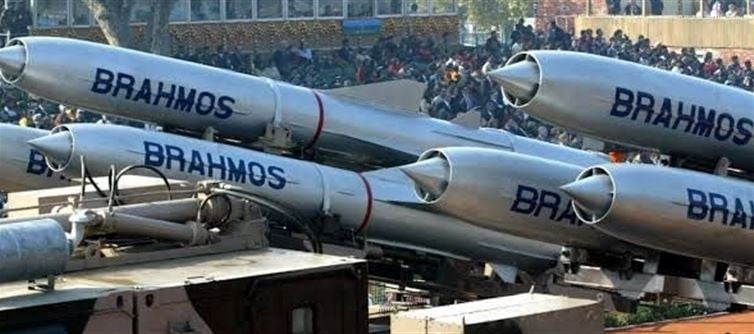
The BrahMos missile, one of the world's fastest supersonic cruise missiles, is a product of a strategic joint venture between india and russia, combining India’s Defense Research and Development Organisation (DRDO) and Russia’s NPO Mashinostroyenia. This collaboration, formalized under the BrahMos Aerospace Private Limited entity, is governed by an inter-governmental agreement that requires mutual consent from both nations before any third-party exports can be authorized. As a result, india cannot independently export the BrahMos missile to foreign nations without Russia’s explicit approval. This clause ensures that sales are aligned with the geopolitical and security interests of both partner countries, preventing unintended consequences such as the arming of adversaries or destabilization in volatile regions.
The growing international interest in BrahMos—reportedly from countries such as Brazil, Argentina, Saudi Arabia, and the Philippines—highlights the missile's reputation as a reliable, high-performance system with significant deterrent capability. Its ability to deliver precision strikes at high speeds makes it attractive for countries seeking advanced, credible defense assets. However, each potential sale must be carefully vetted through the India-Russia framework to avoid friction with other global powers or strategic partners. For instance, russia may be cautious about exports to countries that have complex relations with its own allies or interests, while india may seek to deepen defense ties with nations in Southeast Asia or Latin America as part of its broader diplomatic and strategic outreach.
This co-ownership model presents both opportunities and constraints for India. While the partnership with russia has given india access to advanced missile technology and strengthened bilateral defense ties, the export approval requirement somewhat limits India's autonomy in leveraging BrahMos as a tool of defense diplomacy. Nevertheless, india continues to pursue upgrades and localized versions of BrahMos, potentially creating variants with more indian content, which could open pathways to more flexible export strategies in the future. Ultimately, the partnership requires a delicate balancing act between respecting the bilateral framework and maximizing strategic and economic gains from the missile’s growing global demand.
The growing international interest in BrahMos—reportedly from countries such as Brazil, Argentina, Saudi Arabia, and the Philippines—highlights the missile's reputation as a reliable, high-performance system with significant deterrent capability. Its ability to deliver precision strikes at high speeds makes it attractive for countries seeking advanced, credible defense assets. However, each potential sale must be carefully vetted through the India-Russia framework to avoid friction with other global powers or strategic partners. For instance, russia may be cautious about exports to countries that have complex relations with its own allies or interests, while india may seek to deepen defense ties with nations in Southeast Asia or Latin America as part of its broader diplomatic and strategic outreach.
This co-ownership model presents both opportunities and constraints for India. While the partnership with russia has given india access to advanced missile technology and strengthened bilateral defense ties, the export approval requirement somewhat limits India's autonomy in leveraging BrahMos as a tool of defense diplomacy. Nevertheless, india continues to pursue upgrades and localized versions of BrahMos, potentially creating variants with more indian content, which could open pathways to more flexible export strategies in the future. Ultimately, the partnership requires a delicate balancing act between respecting the bilateral framework and maximizing strategic and economic gains from the missile’s growing global demand.




 click and follow Indiaherald WhatsApp channel
click and follow Indiaherald WhatsApp channel